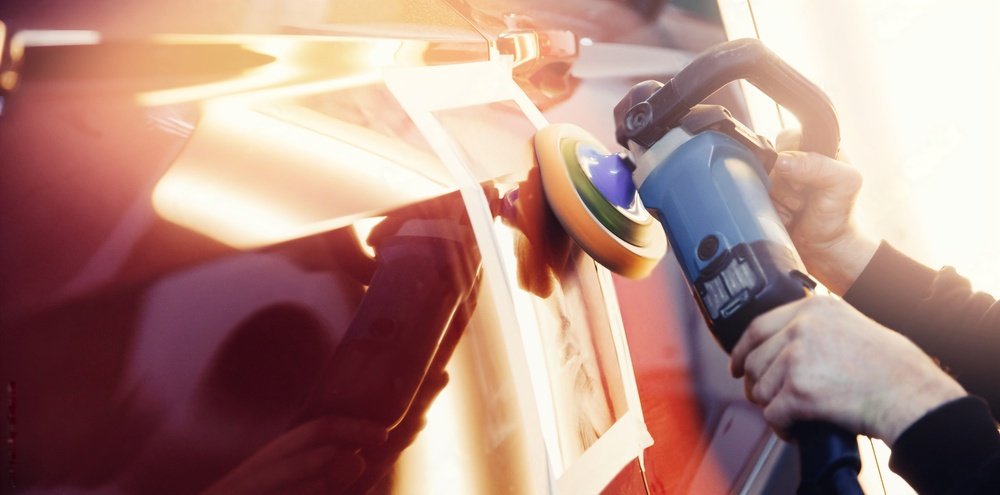Delvis Billakering
Partial car painting is a focused and cost-effective solution for addressing paint damage, scratches, or minor accidents affecting specific areas of your vehicle. Unlike full car painting, which involves repainting the entire car, partial painting targets only the damaged or affected sections, blending them seamlessly with the existing paint. This process requires precision and expertise to ensure a flawless match and finish.
Why Choose Partial Car Painting?
- Cost-Effective: Partial painting is less expensive than a full paint job since it only involves painting specific areas of the vehicle.
- Time-Saving: Because it targets only certain parts of the car, partial painting is quicker, allowing you to get your vehicle back on the road sooner.
- Maintains Originality: Partial painting preserves the original paint on the majority of the vehicle, maintaining its factory finish and value.
- Targeted Repairs: Ideal for fixing localized damage such as scratches, dents, or areas affected by minor accidents without the need for extensive work.
Steps Involved in Partial Car Painting
- Assessment and Color Matching: The first step is a thorough assessment of the damaged area. The technician will then match the existing paint color using advanced color-matching technology to ensure a seamless blend.

2. Surface Preparation: The affected area is cleaned and sanded to create a smooth surface for painting. Any dents or scratches are repaired, and the area is primed.

3. Masking: Surrounding areas that are not being painted are carefully masked off to protect them from overspray.

4. Applying the Base Coat: The matched base coat is applied in layers to the prepared area. The technician ensures the paint is evenly applied and blends perfectly with the existing paint.

5. Clear Coat Application: After the base coat has dried, a clear coat is applied to add shine and protection. This step ensures the newly painted area matches the rest of the vehicle in terms of gloss and durability.
6. Blending and Polishing: The newly painted area is blended into the surrounding paintwork to ensure a seamless transition. The final step involves polishing the entire area to achieve a uniform finish.
7. Final Inspection: A detailed inspection is conducted to ensure the repair is flawless and the new paint blends perfectly with the old paint. Any necessary touch-ups are performed at this stage.
Benefits of Professional Partial Car Painting
- Perfect Color Match: Professional technicians use advanced color-matching technology and techniques to ensure the new paint matches the existing paint perfectly.
- Quality Finish: High-quality materials and expert application result in a durable and aesthetically pleasing finish.
- Efficient Service: Partial painting can often be completed more quickly than a full paint job, reducing the time your car spends in the shop.
- Warranty: Many professional painting services offer warranties on their work, giving you peace of mind.
Additional Tips
- Choose a Reputable Shop: Select a paint shop with a good reputation for partial painting. Look for reviews and ask for before-and-after photos of their work.
- Discuss Your Needs: Clearly communicate the areas that need attention and discuss your expectations with the technician.
- Proper Care: After partial painting, follow maintenance guidelines to keep the new paint looking fresh. Regular washing and waxing can help protect the paint.
Partial car painting is an excellent option for addressing localized paint damage, scratches, and minor accidents. It offers a cost-effective and efficient solution while maintaining the overall appearance and value of your vehicle. Our skilled technicians are equipped to provide professional partial painting services that blend seamlessly with your car’s existing paintwork. Visit us today to restore your vehicle’s beauty and integrity with our top-quality partial painting services.



